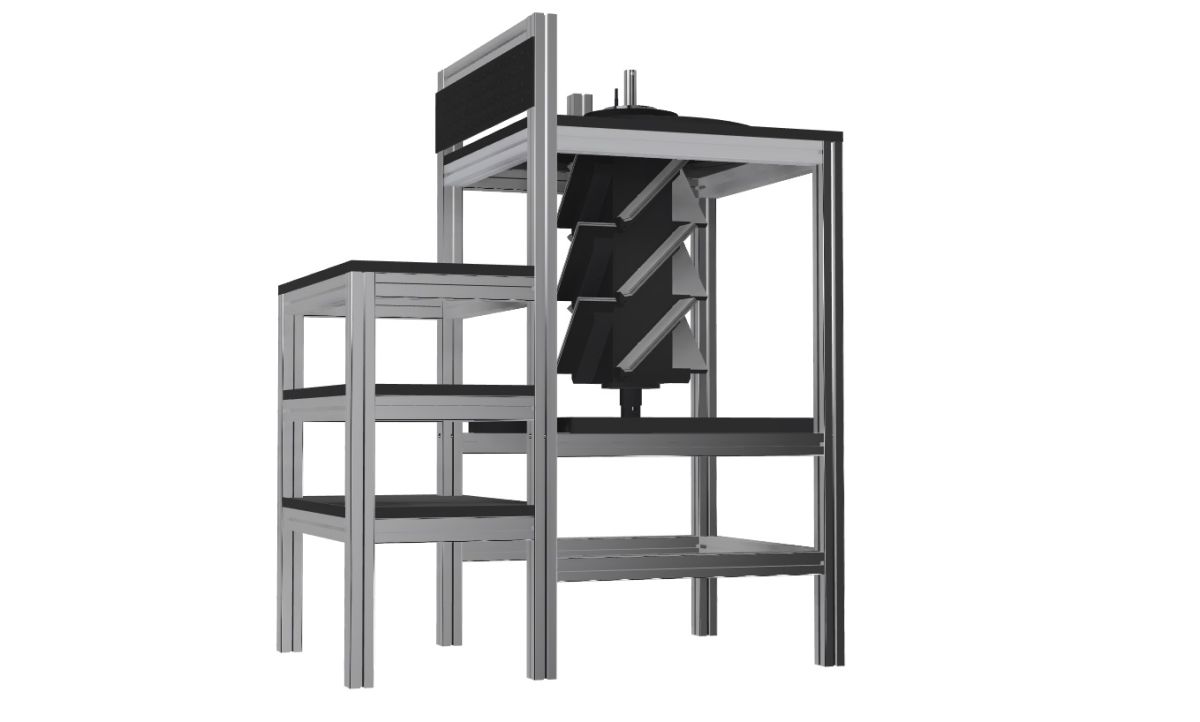
ELECTROTATE
Awards
Information
The patented ElectRotate process is a breakthrough electro-oxidation technology. It allows a paradigm shift in the design of electrochemical reactors, i.e. to propose electrochemical cells in motion in the solution to be treated instead of putting the solution in motion within the static electrolyzer by using pumps. The feasibility of this project is based on a first proof of concept that was obtained at laboratory scale with a first generation reactor containing 2 L of solution to be treated, bringing this project to a TRL 3 level. Initial tests demonstrated that the removal of a model pollutant (paracetamol) was 30% faster than conventional technology (filter press) and consumed 20 times less energy. The ease of implementation will reduce investment and maintenance costs resulting in very competitive CAPEX/OPEX compared to competing technologies (photo-activated oxidation, evapoconcentration, electrocoagulation filter press, membranes...).
ElectRotate allows in particular:
- To generate continuously and in situ the oxidants and reducers responsible for the degradation/mineralization of organic compounds without any addition of chemical reagent.
- Versatility by the possible use of various types of mechanisms simultaneously
- To operate with semi-liquid effluents.
- Significant energy savings
- Compactness
Web page
Argument
Electrotate est un procédé breveté issu de nombreuses années de recherche en collaboration avec le laboratoire LRGP de Nancy. Il a pour objectif de faciliter le traitement et le recyclage des effluents des industries et s'intègre pleinement dans une démarche d'économie circulaire et de réduction de l'impact environnemental car il permet :
- Une réutilisation des eaux usées traitées --> pérennisation de l'accès à l'eau et diminution des prélèvements dans le milieu naturel
- Une réduction/élimination des polluants et micropolluants émis par les industries --> destruction des polluants prioritaires
- Une réduction de la consommation énergétique (20 X moins)
- Un arrêt de l'utilisation de produits chimiques du traitement de l'eau (coagulant, acides, bases..)
D'autre part, sa taille permet de s'adapter à un manque de place dans les industries.